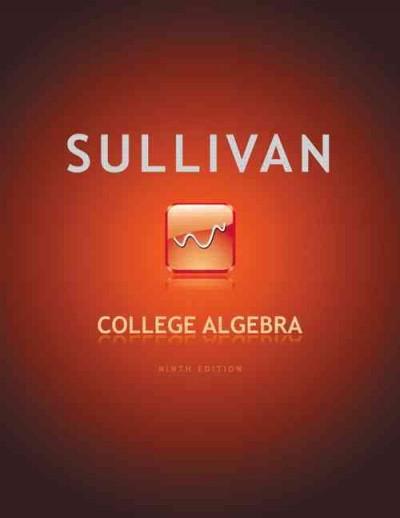answer appropriatly
What is that? The shape of a chi-square distribution curve is skewed for very small degrees of freedom, and it changes drastically as the degrees of freedom increase. Eventually, for large degrees of freedom, the chi-square distribution curve looks like a normal distribution curve. The peak (or mode) of a chi-square distribution curve with 1 or 2 degrees of freedom occurs at zero and for a curve with 3 or more degrees of freedom at d f - 2 df-2 The chi-square distribution has only one parameter, called the degrees of freedom. The shape of a chi-square distribution curve is skewed to the right for small of of and becomes symmetric for large of df. The entire chi- square distribution curve lies to the right of the vertical axis. The chi-square distribution assumes nonnegative values only, and these are denoted by the symbol x 2 x2 (read as "chi-square"). If we know the degrees of freedom and the area in the right tail of a chi-square distribution curve, we can find the value of x squared. 50, as you've gotten so used to me asking - where do we use this stuff in real life? What's a practical example? Thoughts? Ideas?Consider a Markov chain {Xn, n = 0, 1, . . .} on the state space S = {0, 1, 2}. Suppose that the Markov chain has the transition matrix 4 10 10 10 P = 4 3 10 10 10 2 4 10 10 10 1. Show that the Markov chain has a unique stationary mass. 2. Let h denote the stationary mass of the Markov chain. Find h(x) for all x E S. 3. Show that the Markov chain has the steady state mass. 4. Let h* denote the steady state mass of the Markov chain. Find h* (x) for all x E S.1 Convenience Store A small but busy convenience store has room in its building for only 4 customers. It has 2 employees who work (interchangeably) waiting on customers and performing other tasks (such as stocking shelves). The work rule the employee follow is this: When there are 3 or 4 customers in the store, both wait on customers. When there are 2 or fewer customers in the store, only 1 employee waits on customers. Customers arrive at the store according to a Poisson process with rate A = 1 (and go away if there is no room in the store). We will assume that they spend no time finding their items and that either employee can service them at a rate # = 0.8. (a) Carefully draw an appropriate birth and death process transition rate diagram for this scenario. (b) What is the (large t) probability that there is no customer in the store? (c) What is the probability that there are less than 3 customers in the store? (d) What is the probability that an arriving customer is turned away?2. You wish to test whether a coin lands \"heads\" and \"tails" with the same probability. Use p to denote the probability that the coin lands \"heads\". {a} State the relevant null and alternate hypotheses. [b] Suppose you choose to reject the null hypothesis when in 1G tosses you get more than T or less than 3 \"heads\". i. What is the power of your test when the true probability of \"heads\" is LIE? ii. What is the probability that your test results in a Type 11 error when the true probability of \"heads\" is I13? iii. Write an expression for the power function nip) of the test. iv. What is the size of the test? v. Make a plot of the power 1133) against 33 forp = {1131, 0.132, . . . ,D.QQ [Use R). vi. At what value of p is the power equal to the size? {0] Propose a test based on 21'} tosses which has size less than or equal to IIIJJE. {d} Plot the power curve of your tat










